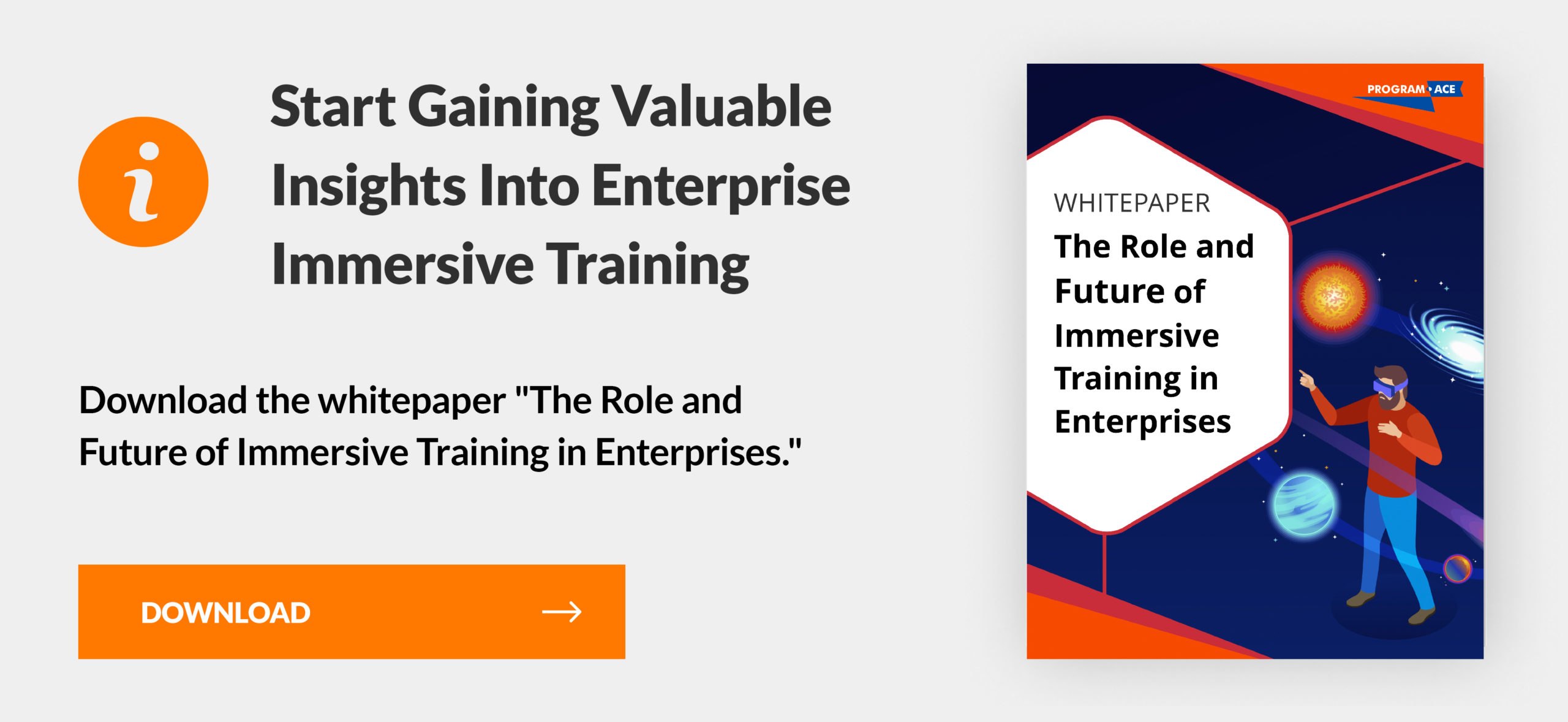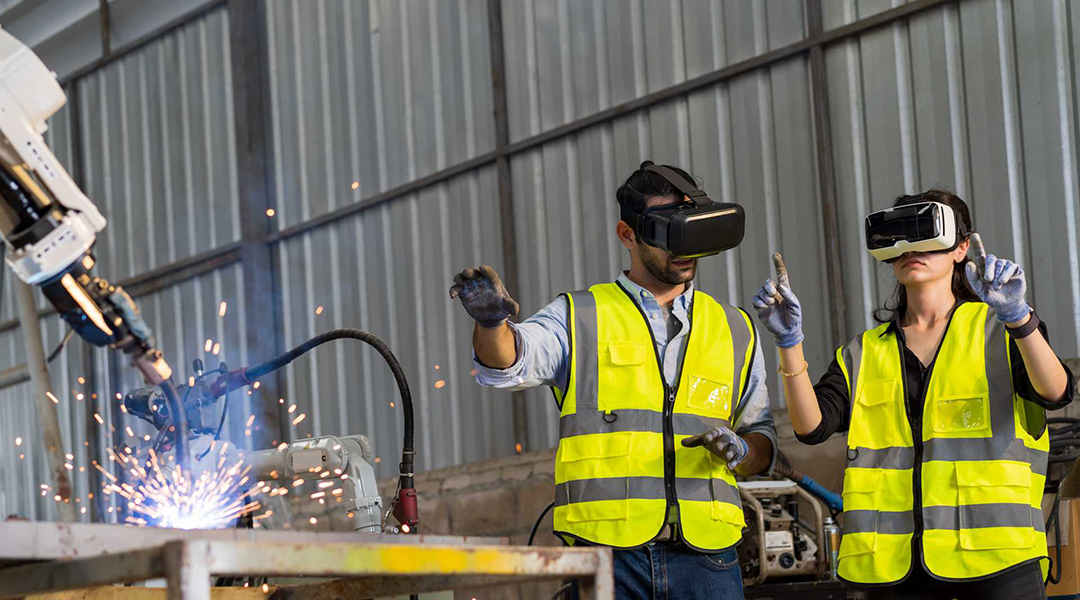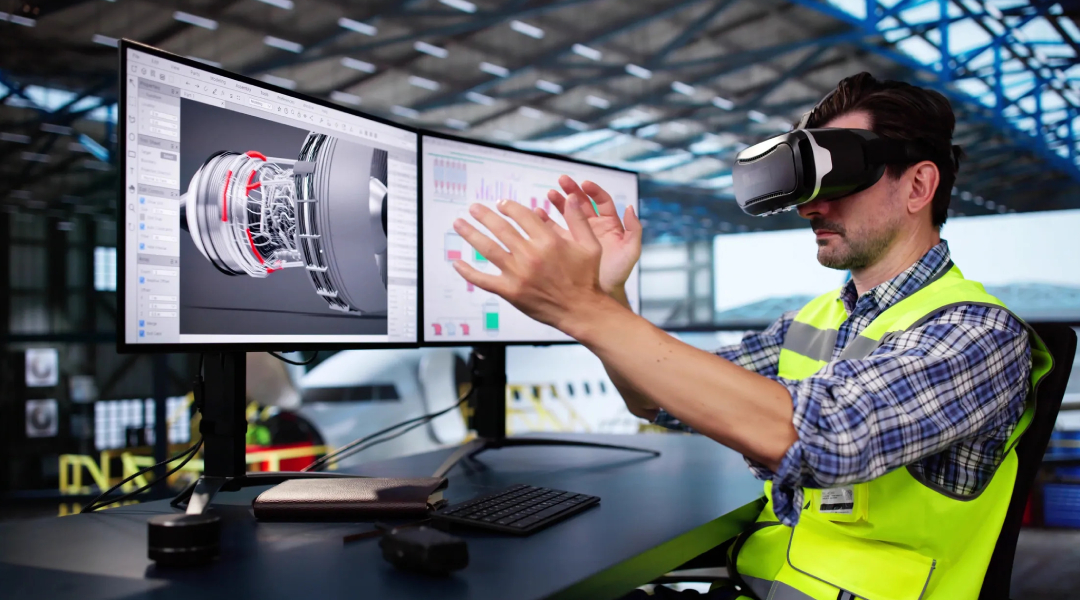Virtual reality technology has firmly established itself as a crucial tool in the modern corporate toolkit, accelerated by challenges such as the global pandemic and the rise of automation. Forward-thinking business leaders are increasingly transitioning corporate processes, notably professional training, from traditional settings to virtual environments. The effectiveness of such training initiatives hinges on creating bespoke solutions that precisely meet an organization's requirements. Consequently, a pressing query emerges regarding the financial implications of developing virtual reality training solutions.
This discussion centers on elucidating the financial outlay associated with VR development services and shedding light on the variables that influence VR training costs. Understanding the financial commitment required for virtual reality training is pivotal for organizations considering this innovative approach.
As we explore the cost of virtual reality training and the factors contributing to the overall VR price, it becomes evident that the investment in custom animation services and VR training cost is not merely an expenditure but a strategic move towards enhancing training efficacy. The cost of VR, intertwined with the bespoke nature of such solutions, plays a significant role in crafting immersive and practical training experiences.
By examining the cost of virtual reality training and the VR training cost more closely, businesses can make informed decisions on how to allocate resources for training purposes. Various factors, including the complexity of the training modules and the level of customization required, influence the price and cost associated with developing virtual reality training programs. Ultimately, the decision to invest in virtual reality for training purposes reflects an organization's commitment to leveraging cutting-edge technology for the development of its workforce.
Looking for virtual training development company?
How Much Does Virtual Reality Training Cost?
Primarily, the cost of Virtual Reality training development varies from $40.000 to $180.000,
if we speak about a solution of average quality and no specific needs.
Complex projects in virtual reality can escalate to hundreds of thousands of dollars in terms of VR price, while comprehensive training series might demand investments running into millions. Moreover, a constellation of factors contributes to the final cost of VR development, offering avenues for optimizing spending on virtual reality training across diverse industry landscapes. Understanding the nuances of VR training cost can significantly impact an organization's budgeting strategy for implementing virtual training software.
Insights into the cost of VR, including both the VR training cost and the broader implications of adopting virtual reality for training purposes, empower businesses to make financially sound decisions. The financial outlay for virtual reality training is influenced by the depth and breadth of the training programs, underscoring the importance of a strategic approach to developing VR content. With careful consideration of the virtual reality training investment, organizations can enhance the effectiveness of their training initiatives while managing the associated costs and price points effectively.
Allocating resources for training in virtual reality requires a balanced understanding of the potential costs involved. By analyzing the cost of virtual reality training and exploring ways to streamline VR training costs, companies can leverage the transformative potential of virtual environments for training purposes. The commitment to adopting virtual reality for training signifies an investment in future-ready methodologies that can redefine the professional development landscape.
Understanding Costs and Benefits of Virtual Reality Training
Understanding the financial dynamics of integrating virtual reality into corporate training programs demands a nuanced appreciation of various components contributing to the overall VR training cost. Notably, the cost of VR encompasses a broad spectrum of expenses, from the initial development of bespoke virtual environments to the ongoing maintenance and content updates required to keep the training relevant and engaging. Each aspect plays a crucial role in forming the total VR price, a figure that can vary significantly based on the scope and complexity of the training requirements.
When contemplating the adoption of virtual reality training, organizations must first evaluate the cost-effectiveness of such an investment. The VR training cost extends beyond purchasing hardware and software; it includes creating custom training modules tailored to specific learning outcomes. The immersive nature of virtual reality training necessitates a higher upfront investment than traditional training methods. However, the long-term benefits, including increased retention rates and the ability to simulate complex scenarios safely, often justify the initial cost.
The price of VR training solutions is influenced by several critical factors, including the level of interactivity required and the fidelity of the virtual environments. High-quality graphics and realistic simulations, while more costly, enhance the learning experience, leading to better training outcomes. As such, companies must balance their desire for high-quality training experiences against the VR price, finding a sweet spot that aligns with their budgetary constraints and training objectives.
Companies considering the integration of virtual reality into their training arsenal should conduct a comprehensive analysis of the VR training cost. This analysis should account for the longevity of the training modules and the scalability of the VR solutions. Investing in virtual reality training involves forecasting the future needs of the organization and ensuring that the selected VR solutions can adapt to evolving training requirements.
Moreover, the cost of VR is not static; technological advancements and increased market competition tend to lower the price over time, making virtual reality training more accessible to a wider range of businesses. Nevertheless, organizations must remain vigilant, continuously assessing the VR training cost against the tangible benefits it delivers.
In summary, deploying virtual reality for training purposes represents a significant financial commitment. The cost of VR, encompassing both the initial setup and ongoing operational expenses, requires careful consideration. By meticulously evaluating the VR training cost, including the hardware, software, and content development expenses, organizations can make informed decisions that maximize the return on their investment in virtual reality training.
What Determines the Custom Development Price
Each technical project is more complex than people usually imagine, as they contain the ins and outs that experts can primarily consider. In developing custom software for VR training, 5 components can affect the price, making it higher or lower. So, awareness of these factors can come in handy when planning your VR solution.
The time frame. Depending on business plans, there can be two cases: 1) a company may need a ready-made VR solution in the shortest time; 2) a company is ready to provide specialists with the time required for high-quality development at a normal work pace. Accordingly, more developers and overtime are needed for the first case so that the price will be higher, and vice versa.
Developers' expertise. Specialists are the key to productive work and flawless results. In case you outsource VR training development to a team of junior developers mainly, your project will be executed for too long, more likely with bugs and errors. This will expand the work scope on editing and fixing, increasing working hours and the final price.
The level of equipment. Complex software development takes plenty of power to perform tasks at a normal work pace. Imagine you want to play a modern game on a 10-years-old computer that doesn't match the game’s technical requirements. You will be constantly thrown out of the system while your computer repeatedly shuts down. That’s why top-level companies invest in equipment often to deliver projects on time and save money from a budget.
Level of content detailing. Working on VR training, modelers strive to create an immersive environment according to different scenarios. However, realistic high-poly modeling isn’t always the best option for a company due to business goals and resources. So depending on the realism and detailing level a company needs, the price can get higher or lower.
Specific needs. A fully customized software solution with various training scripts and high functionality requires additional time and several more specialists. However, customization makes the cost higher only at the moment but more cost-effective in a long-term perspective as it covers all company’s needs.

VR Training Cost Using Different Platforms
Once you decide to create and adopt a VR training solution, you should determine a platform for development. It’s important to pay special attention to this step, considering technical characteristics, the cost for a set, and additional fees. Thus, you can save a lot of money, especially in the long run.
In choosing the best VR headset for app development, entrepreneurs usually prefer two of the VR market leaders — Meta and Valve Index. Since both brands offer different headset models, you may find what you need for your personal and business goals. So you are welcome to explore!
VR training with Meta
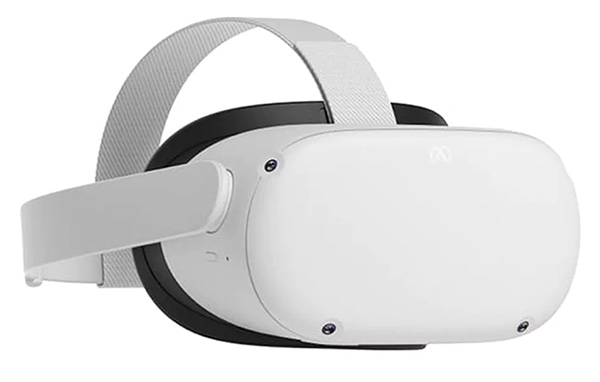
Oculus (Meta) is one of the most popular VR hardware manufacturer brands created as an independent company but lately was acquired by Facebook Inc. (Meta Platforms). Their headsets provide not only average users with an entertainment experience but also offer complex entrepreneurs solutions.
Hence, different industries choose Oculus app development for virtual reality training because their prices are available, while technical capabilities allow high-level graphics and extended functionality. For example, Hilton uses Oculus headsets to train team members' hospitality, empathy for guests, and better service providing.
After the first 12 months, a monthly subscription fee of $14.99 per device will be charged.
VR training with HTC Vive Series
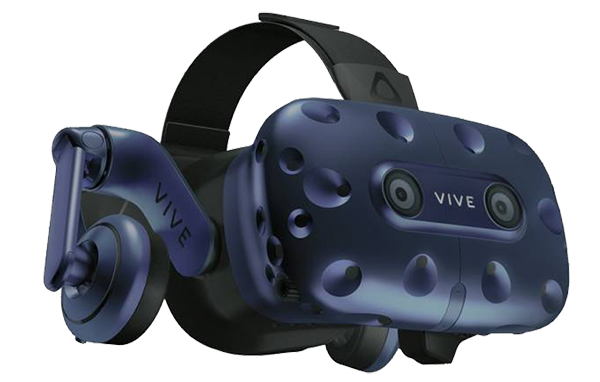
The HTC Vive series spans from the accessible Vive Cosmos to the sophisticated Vive Pro 2, designed to accommodate a spectrum of virtual reality demands. The Vive Pro models are particularly apt for immersive VR training scenarios due to their high-resolution displays and accurate tracking capabilities, ensuring a realistic and engaging learning environment.
The Vive Pro 2, for instance, boasts a 2448 x 2448 pixels per eye resolution, offering one of the most straightforward visuals available in the market. This clarity is crucial for detailed training simulations where precision matters. Additionally, the series supports expansive room-scale tracking, allowing for more dynamic and physically engaging training sessions.
For businesses, the Vive Business Edition provides specialized support, including dedicated customer service and robust device management tools, ensuring seamless integration into training programs. The pricing structure accommodates enterprise budgets, with the Vive Pro 2 starting at approximately $799. This investment includes access to Vive's comprehensive ecosystem, designed to facilitate the development and deployment of custom training solutions.
VR training with Valve Index
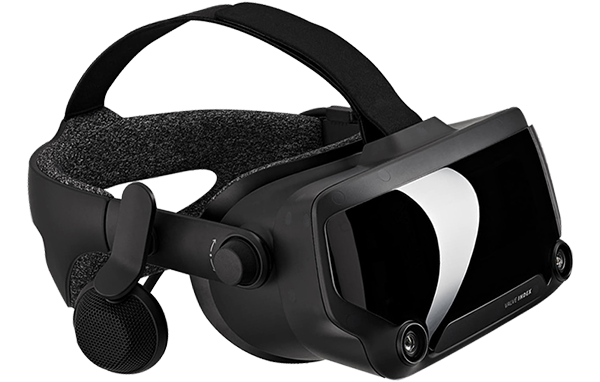
The Valve Index is renowned for its premium build quality and exceptional hand-tracking technology, making it a prime choice for advanced VR training applications. Featuring industry-leading technology, the Index offers a 1440 x 1600 pixels per eye resolution and a refresh rate of up to 144 Hz, which, combined with its wide field of view, provides a highly immersive and visually stunning VR experience. These specifications are especially beneficial in training programs requiring high levels of interaction and realism.
The precise tracking system of the Index ensures an accurate representation of movements, which is crucial for simulations that demand fine motor skills and spatial awareness. While the Valve Index requires tethering to a high-performance PC, this requirement supports its capability to run complex and graphically intensive training modules.
The starting price point for the Valve Index complete kit is around $999, which includes the headset, controllers, and base stations. This investment grants access to a robust platform suitable for developing detailed and interactive VR training environments, catering to organizations seeking to provide their employees with advanced and effective training tools.
How to Build Cost-Effective VR Training Solution
Improving your employees' professional skills and knowledge will lead you to a new stage, assuring better business results and incomes indeed. However, your training solution should be well-thought-out and flawlessly performed to make a difference. Luckily, the right technical partner can provide you with highly effective VR training solution to cater to your specific needs.
Program-Ace has already become a reliable software development service provider to dozens of our clients worldwide. Operating for 30 years, we formed a team of the most proficient specialists with deep expertise in the XR field, software development, testing, modeling, management, and more. So if you need a full-cycle development or dedicated pros to create a custom and cost-effective solution at once, you can rely on our broad experience and resources.
Contact us to get an offer that meets your needs and discuss the details of your future project.



